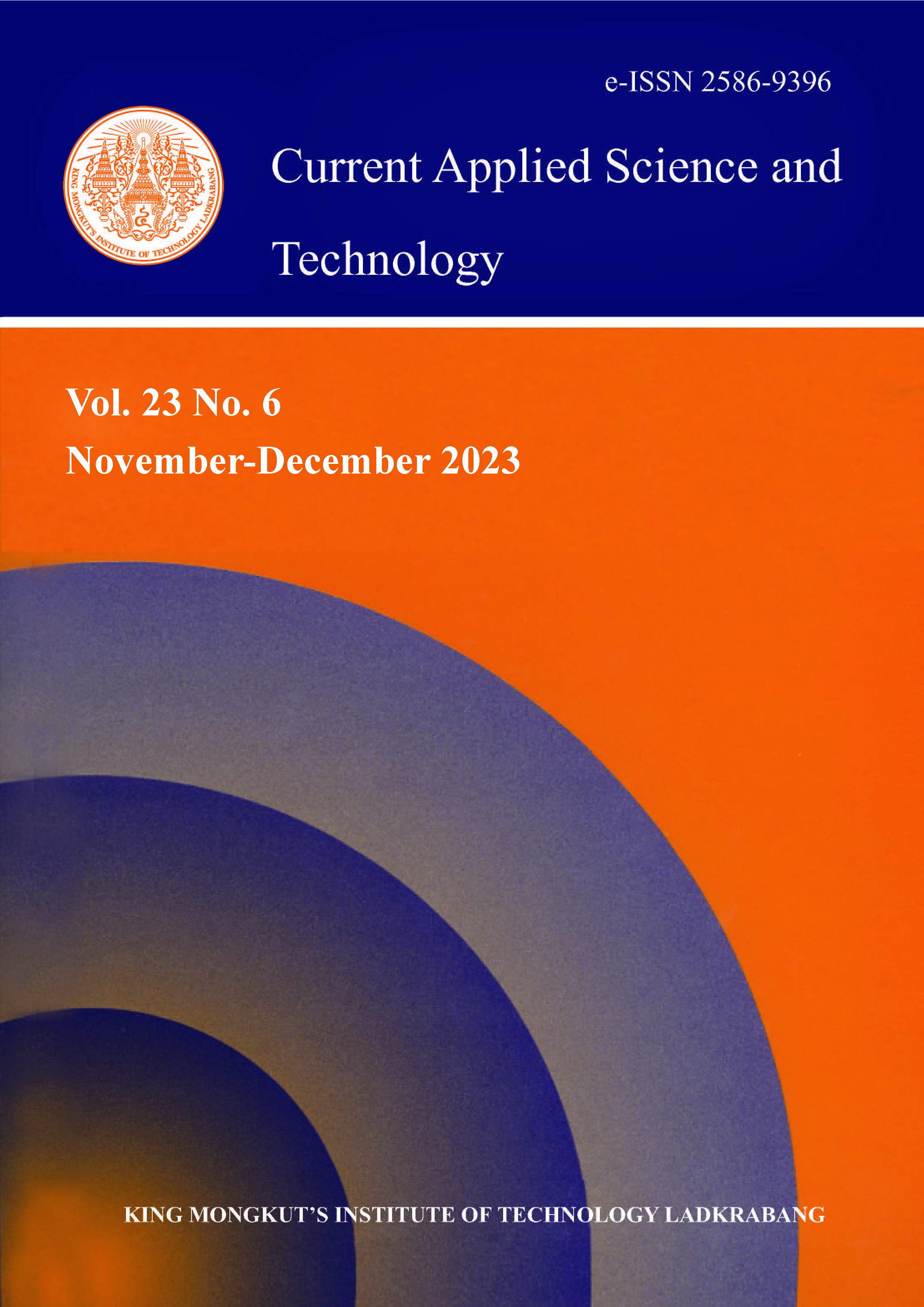Leptospirosis is a zoonotic illness caused by a bacterial spirochaete belonging to the genus Leptospira that induces renal failure in humans. This bacterium has high pathogenicity and can even cause death. As a result, research into the pathogenic mechanism of this organism is essential. Sequencing can be performed to understand the evolution and characteristics of an organism. Sequencing technologies like Sanger sequencing, Illumina sequencing, and recent technologies like MinION nanopore sequencing can be performed to study the whole genome of leptospiral strains. Based on whole genome sequencing, pathogenic characteristics and pathways involved during disease infection can be investigated. Identification of pathogenic features in the whole genome of Leptospira sp. may enable certain gene modifications or the development of potential vaccines to eradicate the disease. This review is an overview of various sequencing approaches and highlights the comparison of genome features present in pathogenic leptospires and saprophytic leptospires.
Keywords: Leptospira; vaccine; sequencing; genome; Illumina
*Corresponding author: Tel.: (+91) -9994828885
E-mail: rvigneswaran9490@yahoo.com
Veerabahu, R. ., Ravishankar*, V. ., & Umashankar, E. . (2023). Sequencing Approaches for Understanding the Pathogenic Features in Leptospira Genome. CURRENT APPLIED SCIENCE AND TECHNOLOGY, DOI: 10.55003/cast.2023.06.23.009 (15 pages). https://doi.org/10.55003/cast.2023.06.23.009

